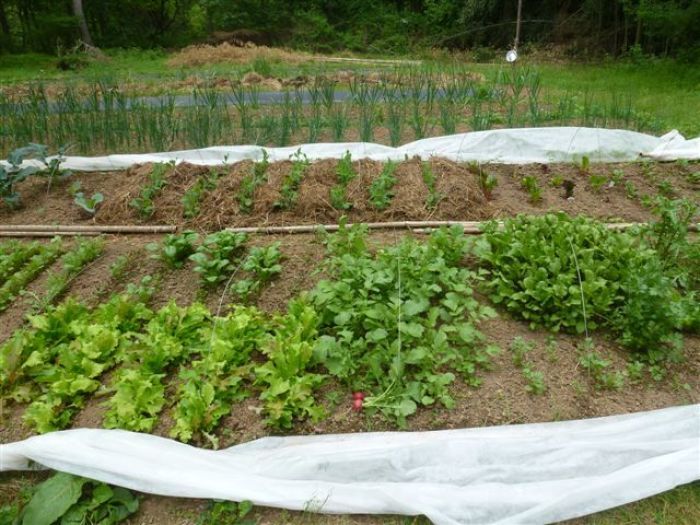
I am a proponent of floating row cover, or FRC as it is referred to in the trade. Commonly found in garden centers, plant nurseries, from growers and in garden-related catalogues, this gardening tool is also referred to as garden fabric and garden blankets, as well as Reemay®, which is the brand name of the first manufacturer of this product.
According to their Web site https://www.reemay.com/Reemay.cfm produces polyester and polypropylene spunbond fabrics for a variety of industrial, geotextile, medical and construction applications selling them for everything from filtration systems for air, water, pools, metal work, and more—and they don’t mention FRC at all.
They explain, “Reemay spunbond polyester media is used in numerous filtration applications because of its purity, strength and quality. It contains no binders, so the filtering area is not limited and there are no potential contaminants to leach out during the filtration process. Excellent for die cutting and slitting, Reemay is unlikely to ravel or fray. Both round and trilobal cross sections are available.” The company was founded in 1986 and is located in Old Hickory, Tennessee.
You can find a more recent manufacturer of FRC at https://www.agribon.com/en/ where they sell Agribon®, “the state of art technology protecting your crops.” It too, “is an ultra-light weight, non woven fabric 100% polypropylene with an UV stabilizer added, making Agribon stronger and long lasting to ensure its reusability.”
So what do these floating row covers look like?
They are white, light-weight polyester fabric, which is bonded rather than woven, partially see-through in appearance. The University of Maryland Web article (https://growit.umd.edu/ImproveGarden/FloatingRowCover/index.cfm) aptly describes, “It has a “gauze-like” appearance and resembles interfacing material used in sewing.”
Exactly what are the benefits of using these FRC?
For this gardener, I have used row covers for maybe 15 years—for extending the life of the garden a bit longer in the fall since it keeps frost from the plants, for keeping wildlife from nibbling garden produce, and to keep insects from laying eggs on my brassicas and arugula and then decimating their leaves—it truly helps small plants to grow safely and warmly in their early stages and deters all sorts of garden pests.
The neat thing about these polyester fabrics is that while they cover and protect the plants in our gardens, they allow about an 85% transmission of sunlight, and water and air to penetrate. They can extend the spring and winter growing season since they give protection against frost to about 28ºF. They help to keep the soil warmer and moist and prevent a dried hard crust from forming on the surface of the soil. When plants are covered, insects can’t eat them or lay eggs on them. Neither can bigger critters like rabbits, groundhogs, birds or deer. In fall, here in my zone 7 garden, I keep my rosemary collection outdoors until the temps are going to be in the upper 20s before bringing them indoors and I cover them every night with the heavy-weight row cover which keeps them from frosting and also from dessicating winds.
A few things to consider…
When using row covers, weeds will also flourish beneath them, so this has to be checked regularly—mulching is a good idea. Also in hot weather, it can get very hot underneath the row cover, so it is best to remove it or open the ends up when it is about 80ºF or above. The temperature under a row cover can be anywhere from 5 to 15 ºF hotter than outside… so beware of this.
I find that the biggest drawback to using the row cover is that I can’t see my plants. I love the way that garden beds look and delight in watching the plants grow and with the FRC they are obscured. So on days when I am home and working outside, I often uncover the plants, so that I can enjoy them, not to mention weed, and harvest.
How to use it?
FRC can be purchased in all sizes from about 50-inches wide to 10 feet, and in lengths of up to 375-foot rolls. I like using a roll since my garden is in rows and the fabric is easily rolled out and cut into lengths. My husband and I stick a hoe handle in the roll and each hold a side and walk up the row while feeding out the row cover right onto the row.
Depending upon the crop, the cover can be laid right on top of the earth/plants, or wire hoops work well to hold the row cover above taller plants. If laid directly on plants and secured loosely along the edges, the fabric is pushed up as the plants grow—so it virtually floats atop them. It is very lightweight weighing about 0.6 ounce per square yard. It can be secured from blowing away with fabric pins or staples, boards or bricks.
This year we have hoop supports which hold the row cover above the plants. We have a lot of bamboo, so we cut lengths which we use as weights along the edges of the rows to hold the fabric down. We just roll them off when we want to roll back the row cover.
Besides size, row cover also comes in different weights. According to Johnny’s catalogue (www.johnnyseeds.com), they offer a “Standard grade for general frost protection which provides frost protection down to 28°F/-2°C; 85% light transmission; 0.55 oz./sq.yd.” and “Lightweight grade for insect control is also for heat-sensitive crops – only a minimal heat increase during the day, which is an effective control of insect pests on potatoes, greens, cabbages, and radishes; 90% light transmission; 0.45 oz/sq.yd.”
If you remove the FRC at the end of the season, be sure it is dry and store it in a large trash bag and it should last a few seasons. Rodents like to nest in it.


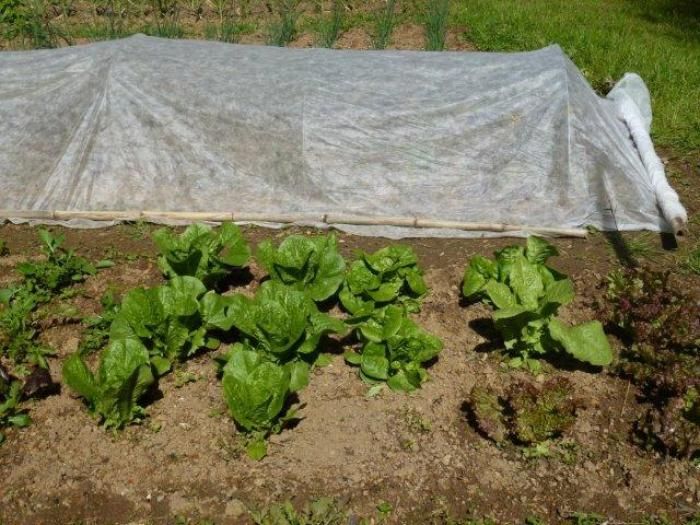
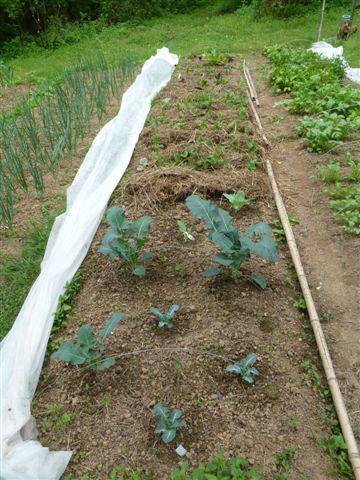
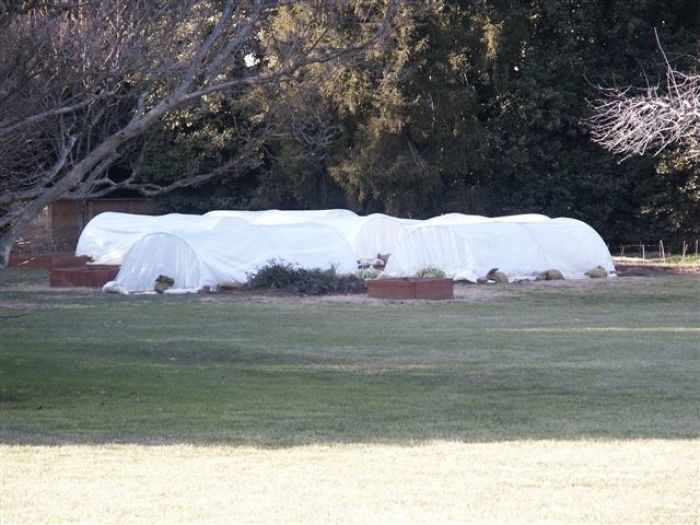
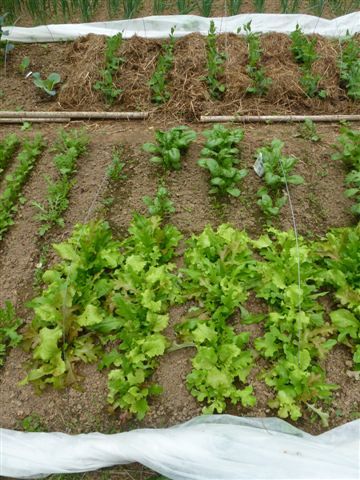
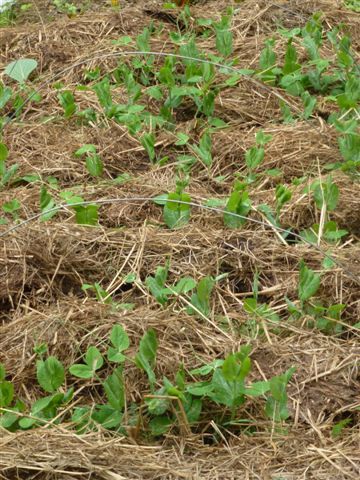
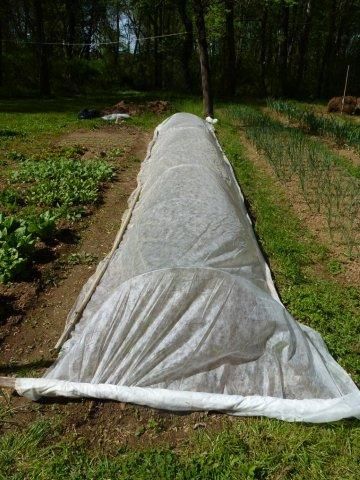
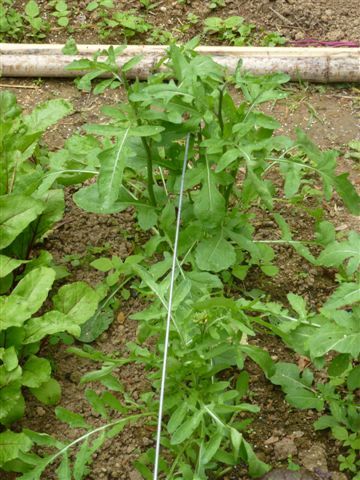
















Comments
I made the cover for my raised bed garden with metal planks and welding. It is much more difficult to do, but the construction is much more reliable. Neither wind nor rain are terrible for such a cover. Although, it is very inconvenient to store. This is a huge minus. I think even write a review on my cover for https://makeitcovered.com/. Is he worthy of calling the best cover? I really don’t know. Although, there are a lot of reviews on covers for home. Mine is pretty good enough. Susan, why don't you write about your case? Handmade covers - it's cool.
https://www.finegardening.com/article/floating-row-cover
https://www.finegardening.com/article/floating-row-cover
https://dropmail.me/en/
Log in or create an account to post a comment.
Sign up Log in